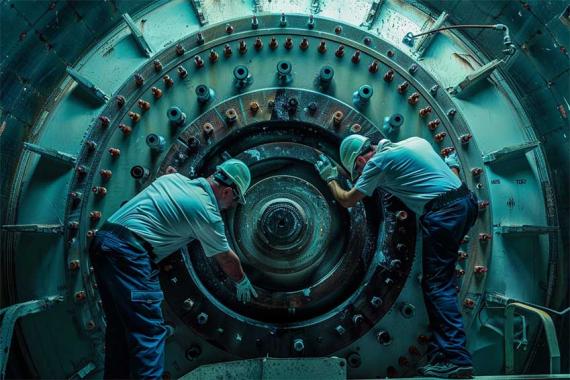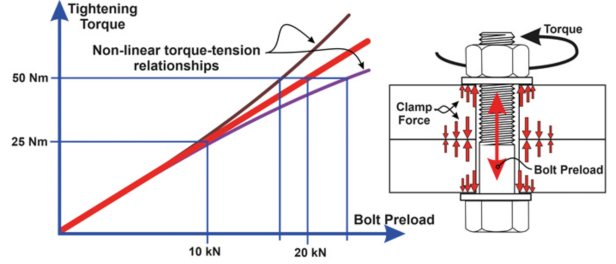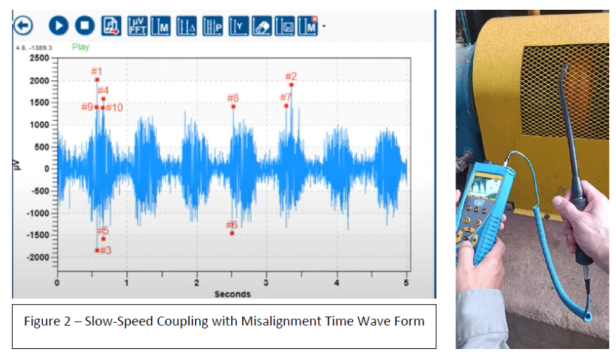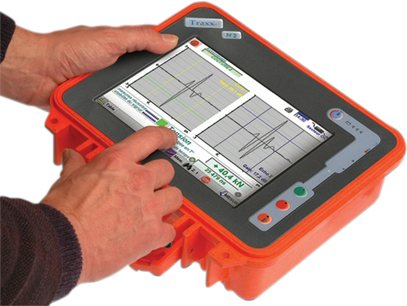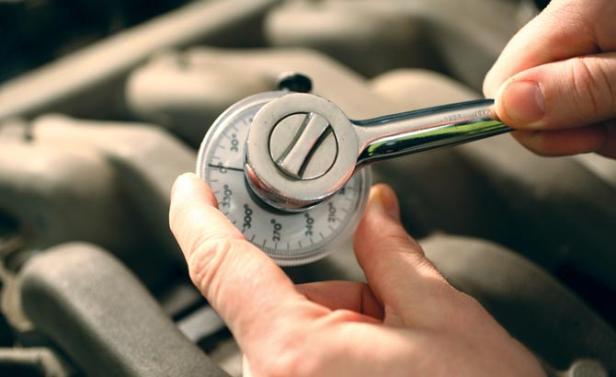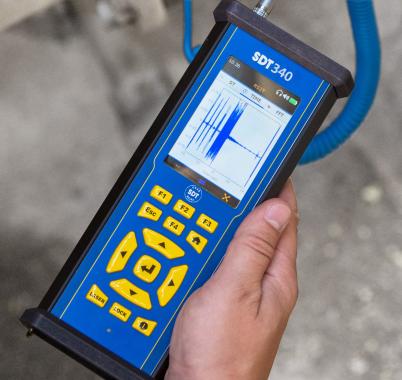Navigating the Seas of Efficiency through Marine Condition Monitoring
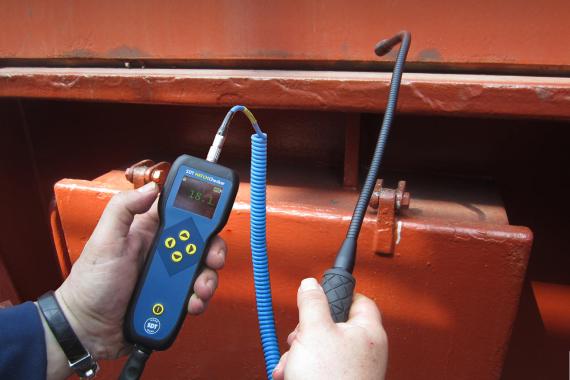
In the marine industry, where reliability is considered central to success, the synergy between Planned Maintenance Systems (PMS) and Condition Monitoring (CM) has long been regarded as a cornerstone of operational success.
However, despite the prevalence of planned maintenance systems across a significant portion of classed vessels, the industry still grapples with the transition towards more advanced maintenance strategies. This article aims to explore the challenges and solutions given by innovative ultrasound-based technologies within the broader context of vessel condition monitoring.
The Current Landscape
The maritime industry’s adherence to manufacturer-driven maintenance schedules presents a big obstacle to the adoption of data-driven maintenance strategies. This divergence allows for a decisive turning point that requires a deeper understanding of the challenges that stand in the way of progress.
Effective maintenance strategies in the marine sector are multifaceted and unique to each operator. As vessels transition from curative to proactive maintenance approaches, the need for a comprehensive understanding becomes apparent. However, the adoption of novel, proactive strategies is hampered by long-established practices, reluctance and a lack of institutional commitment. Herein lies the significance of innovative technologies like ultrasound, which despite its proven effectiveness in shore based activities, remains underutilized in the marine industry.
Ultrasound’s Resonance in Marine Operations
The maritime industry’s adherence to manufacturer-driven maintenance schedules presents a big obstacle to the adoption of data-driven maintenance strategies. This divergence allows for a decisive turning point that requires a deeper understanding of the challenges that stand in the way of progress.
Effective maintenance strategies in the marine sector are multifaceted and unique to each operator. As vessels transition from curative to proactive maintenance approaches, the need for a comprehensive understanding becomes apparent. However, the adoption of novel, proactive strategies is hampered by long-established practices, reluctance and a lack of institutional commitment. Herein lies the significance of innovative technologies like ultrasound, which despite its proven effectiveness in shore based activities, remains underutilized in the marine industry.
Indeed, its versatility extends to detecting problems linked to friction, impact, or turbulent flow (FIT), thereby offering early indications of deterioration or potential failures. In fact, many aspects underscore the critical role of ultrasound in marine condition monitoring. Thermography for electrical circuits, for example, usually carried out on an annual basis, presents inherent risks due to its infrequent nature. Similarly, the oversight in regular inspection of valves , hydraulics and crucial components operating under high pressures (air/gas/liquid), underscores the need for proactive maintenance solutions from both an operational and safety point of view. While traditional techniques like vibration monitoring, thermography and oil analysis are well established and may suffice for main engines, generators, and critical equipment, the real value of ultrasound lies in enhancing reliability and availability as well as safeguarding equipment that is crucial for a successful outcome of the voyage and the owner’s business plan. Think of the importance of ventilators on ro-ro or livestock vessels, heating coils on tankers or valve integrity in double valve segregation systems, which have the potential to generate huge claims or a affect safety on board in case of failure.
Protecting Assets and Ensuring Profitability:
A shipowner’s profit is not merely derived from the safe arrival of a vessel from point A to point B, but rather from timely deliveries and the preservation of cargo integrity. Ultrasound technology plays a pivotal role in ensuring vessel efficiency and cargo safety, from detecting potential failures in secondary equipment to preempting setbacks during preparations. Predictive maintenance, although not yet fully established, holds tangible benefits for shipowners in mitigating operational risks and optimizing efficiency. Therefore, the adoption of ultrasound in marine condition monitoring seamlessly aligns with broader and traditional maintenance strategies outlined earlier. Its ability to identify incipient failures resonates with the industry’s pursuit of proactive maintenance, offering a vital tool for better planning, extended in-service life, and enhanced reliability across shipboard equipment.
In other words, as the maritime industry endeavors to overcome obstacles and embrace advanced maintenance practices, the integration of ultrasound-based technologies into maintenance management strategies is key. The versatility and tangible benefits of ultrasound technology in preemptive maintenance underscore its value in safeguarding vessel integrity and ensuring safe, timely, and profitable voyages.
Charting the Course Forward
The use of ultrasound in the maritime industry does not need to be difficult or expensive and does not require time-consuming training programs. Whilst integration and implementation of basic ultrasound techniques will return vital data or information and allow to detect failures in an early stage when the integrity of the equipment is not yet affected, it is important to know that sophisticated ultrasound solutions that allow for in-depth analysis are equally available.
In paving the way for optimized efficiency as well as increased availability and reliability, it would be good for stakeholders to consider and accept the transformative potential of ultrasound technology. Through collaborative efforts and a commitment to innovation, the marine industry can move towards a future defined by operational efficiency and sustainability, and avoid costly claims or delays. As stakeholders collaborate to bridge the gap between compliance and excellence, the future of marine operations holds the promise of optimized efficiency, reduced downtime, and a resilient foundation for the challenges that lie ahead.
Our other news
See allJoin the largest community of industrial suppliers
- Helping you with your ongoing technology watch
- Provide you with detailed supplier statistics
- Give you international visibility
Discover the largest catalogue of industrial products on the market
- To offer you the best catalogue of industrial products on the market
- To guarantee you a 100% secure platform
- Enable you to have live remote exchanges
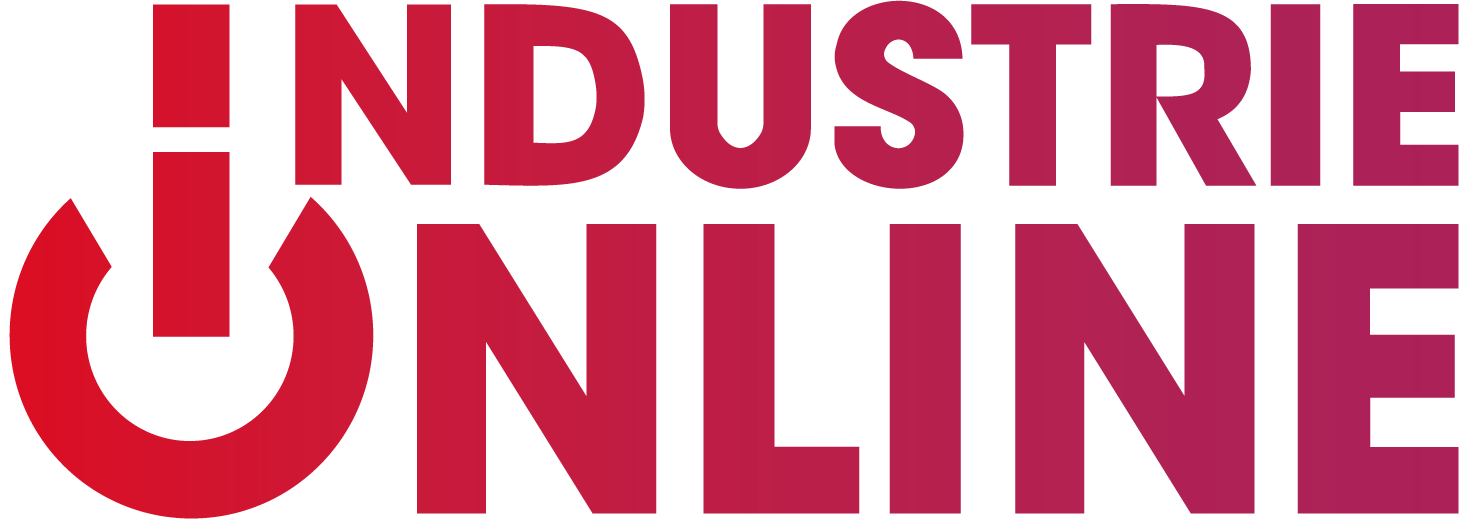

 Français
Français
